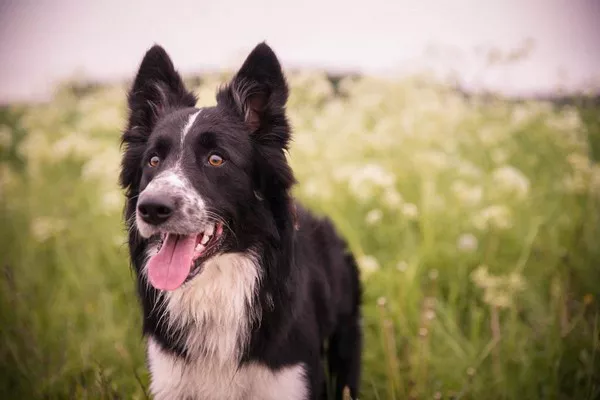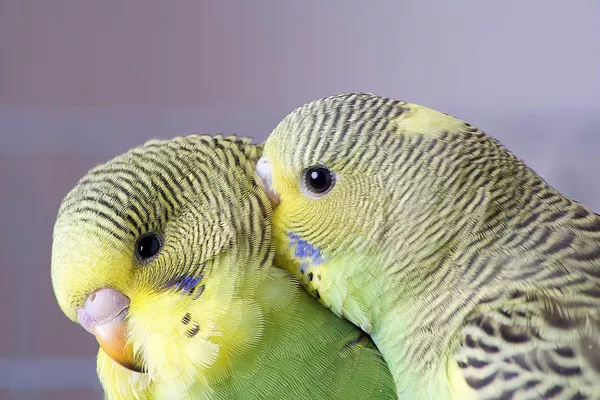When choosing a family-friendly, intelligent, and loyal dog, both the Labradoodle and Retriever stand out as popular options. These two breeds share some similarities, especially in their affectionate nature and energy levels, but they also have key differences that make them better suited for different owners. Understanding these differences can help prospective pet parents decide which breed is the best fit for their lifestyle. In this article, we will compare the Labradoodle and the Retriever in terms of their origins, physical characteristics, temperament, training needs, health concerns, grooming requirements, and suitability for families.
Origins and History
Labradoodle
The Labradoodle is a relatively new breed, originating in the late 20th century. The breed was first developed in Australia by crossing a Labrador Retriever with a Poodle. The goal was to create a hypoallergenic guide dog with the intelligence and trainability of a Labrador Retriever and the low-shedding coat of a Poodle. Since then, Labradoodles have gained popularity as family pets and therapy dogs due to their friendly nature and curly, allergy-friendly coats.
Retriever
The term “Retriever” generally refers to two main breeds: the Labrador Retriever and the Golden Retriever. Both breeds were developed in the 19th century as hunting dogs that could retrieve game from land and water. The Labrador Retriever originated from Newfoundland, Canada, and was later refined in England, while the Golden Retriever was bred in Scotland for its excellent retrieving skills and gentle temperament. Both breeds have become popular as family companions and service dogs due to their intelligence and friendly personalities.
Physical Characteristics
Labradoodle
Size: Medium to large, typically 21-24 inches tall and 50-65 pounds, though sizes vary depending on whether they have a Standard, Miniature, or Toy Poodle parent.
Coat: Curly, wavy, or fleece-like, often low-shedding and hypoallergenic.
Colors: Comes in a variety of colors, including cream, chocolate, black, apricot, and parti-color.
Appearance: A mix of Poodle and Labrador traits, often with a fluffy coat and expressive eyes.
Retriever
Size: Medium to large, typically 22-25 inches tall and 55-80 pounds.
Coat: Dense, water-resistant double coat; Golden Retrievers have longer, wavy fur, while Labrador Retrievers have shorter, sleek fur.
Colors: Labrador Retrievers come in black, yellow, and chocolate. Golden Retrievers have varying shades of gold.
Appearance: Well-proportioned body, strong build, and friendly expression.
Temperament and Personality
Labradoodle
Labradoodles are known for their affectionate and sociable nature. They are highly intelligent and thrive on human companionship, making them excellent family dogs. They tend to inherit the Labrador’s friendly and playful nature combined with the Poodle’s intelligence and curiosity. Labradoodles are energetic and require plenty of exercise, but they are also known for their affectionate, cuddly side. They are generally good with children and other pets, making them ideal for multi-pet households.
Retriever
Both Labrador and Golden Retrievers are well-known for their gentle and friendly demeanor. They are extremely affectionate and eager to please, making them great family pets. They are highly intelligent, easy to train, and excel in various roles such as service dogs, search-and-rescue, and therapy work. Retrievers are social dogs that enjoy human interaction and do not do well when left alone for long periods. They are playful, patient, and great with children, making them one of the most popular dog breeds in the world.
Training and Intelligence
Labradoodle
Thanks to their Poodle lineage, Labradoodles are highly intelligent and quick learners. They respond well to positive reinforcement training and enjoy engaging in activities that challenge their minds. Labradoodles require consistent training from a young age to prevent stubborn or mischievous behavior. They thrive in obedience training, agility courses, and interactive play sessions.
Retriever
Retrievers are among the easiest dog breeds to train. Both Labrador and Golden Retrievers have a strong desire to please their owners, which makes them highly responsive to commands. They are eager learners and excel in obedience training, making them ideal candidates for service and therapy work. Consistency and positive reinforcement are key to training retrievers, as they respond best to praise and rewards.
Exercise and Energy Levels
Labradoodle
Labradoodles are energetic dogs that require daily exercise to stay happy and healthy. They enjoy activities like running, swimming, fetch, and agility training. Without enough physical and mental stimulation, Labradoodles may become bored and develop destructive behaviors. They are best suited for active families or individuals who can provide plenty of playtime and outdoor adventures.
Retriever
Retrievers are also high-energy dogs that need at least an hour of exercise per day. They love retrieving games, swimming, hiking, and long walks. Labradors, in particular, have a strong retrieving instinct and enjoy playing fetch. Golden Retrievers love interactive play and socializing with both humans and other dogs. Without enough exercise, retrievers can become overweight or develop behavioral issues.
Grooming and Maintenance
Labradoodle
Labradoodles require regular grooming due to their curly or wavy coats. Depending on the coat type, they may need brushing several times a week to prevent matting and tangling. Regular trips to the groomer are necessary to keep their coat manageable. Labradoodles do not shed as much as retrievers, making them a good choice for allergy sufferers.
Retriever
Golden Retrievers require frequent brushing due to their long, thick fur that tends to shed heavily, especially during seasonal changes. Labrador Retrievers have a shorter coat but still shed moderately year-round. Both breeds benefit from regular grooming, nail trimming, and ear cleaning to maintain good hygiene.
Health and Lifespan
Labradoodle
Labradoodles have a lifespan of 12-15 years. Some common health concerns include hip dysplasia, progressive retinal atrophy (PRA), and allergies. Responsible breeding and regular vet check-ups can help manage potential health issues.
Retriever
Both Labrador and Golden Retrievers have a lifespan of around 10-14 years. They are prone to hip and elbow dysplasia, heart conditions, and cancer (especially in Golden Retrievers). Regular exercise, a balanced diet, and routine veterinary care are essential to maintaining their health.
Conclusion
Both Labradoodles and Retrievers make wonderful companions, but understanding their differences will help you choose the best dog for your lifestyle. Whether you opt for the friendly and low-shedding Labradoodle or the loyal and playful Retriever, both breeds will bring joy and companionship to your home.
Related Topics:



























